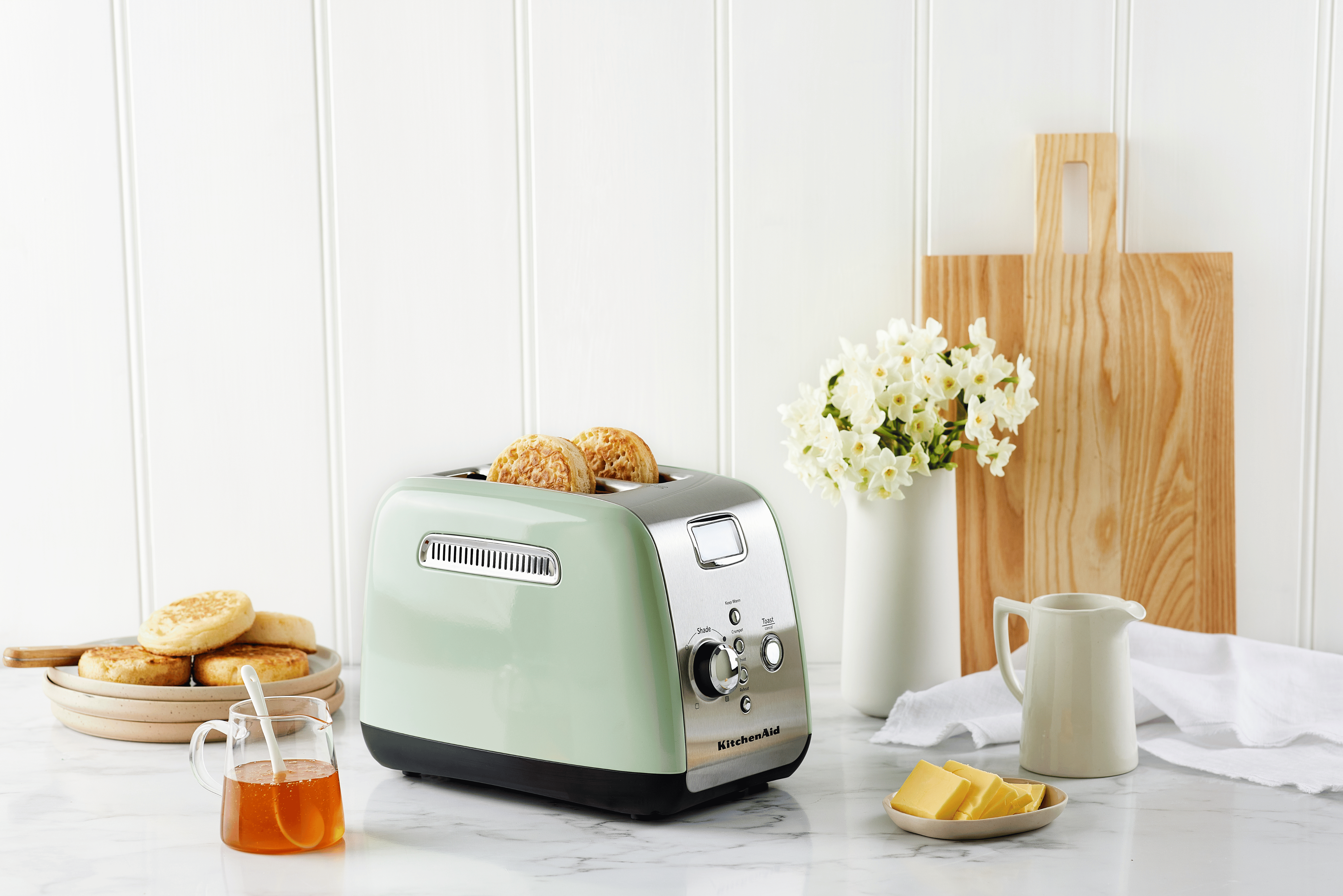What the numbers on a toaster mean
The numbers on a toaster represent how long your bread will be toasted, not the heat level. A lower number gives you a light, golden toast, while a higher number leaves your toast cooking longer for a deeper, crunchier finish. Think of it like a timer – your perfect toast is all about finding the right balance for your taste.





